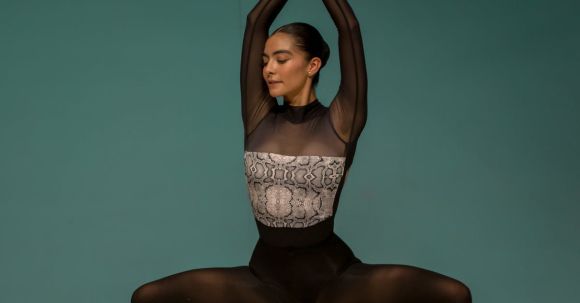Curating an art exhibition is a multifaceted task that requires careful planning and organization. It involves selecting artworks, arranging them in a cohesive manner, and creating an engaging experience for the viewers. Whether you are a seasoned curator or a beginner, this guide will provide you with valuable insights on how to curate an art exhibition successfully.
Understanding the Theme
The first step in curating an art exhibition is to define a clear theme or concept. The theme will serve as a guiding principle that ties the artworks together and creates a cohesive narrative. Take the time to research and explore different ideas before settling on a theme that resonates with you and the intended audience.
Selecting Artworks
Once you have established a theme, it’s time to select the artworks that will be featured in the exhibition. Start by reaching out to artists whose work aligns with your chosen theme. Consider a diverse range of styles, mediums, and perspectives to create a well-rounded exhibition.
When selecting artworks, pay attention to their quality, relevance to the theme, and overall aesthetic appeal. It’s important to strike a balance between showcasing established artists and discovering emerging talents. Aim for a cohesive mix of artworks that complement each other while still offering variety.
Arranging the Exhibition Space
The arrangement of artworks within the exhibition space plays a crucial role in enhancing the viewer’s experience. Start by considering the layout of the space and how it can be utilized effectively. Take into account factors such as lighting, wall space, and the flow of traffic.
Experiment with different placement options to find the most visually appealing and engaging arrangement. Consider creating focal points and visual contrasts to draw the viewer’s attention. Keep in mind that the artworks should be arranged in a way that allows each piece to shine individually while contributing to the overall narrative of the exhibition.
Creating an Engaging Experience
An art exhibition is not just about the artworks; it’s about creating an immersive and memorable experience for the viewers. Think about how you can engage the audience on multiple levels, both visually and intellectually.
Consider incorporating interactive elements such as audio guides, artist talks, or workshops. These activities can provide additional context and deepen the viewer’s understanding of the artworks. Utilize technology, such as digital displays or virtual reality, to enhance the exhibition experience further.
Promoting the Exhibition
To ensure the success of your art exhibition, it’s crucial to promote it effectively. Create a comprehensive marketing plan that includes both online and offline strategies. Utilize social media platforms, create a dedicated website or blog, and reach out to local media outlets for coverage.
Collaborate with the artists featured in the exhibition to amplify the promotional efforts. Encourage them to share the exhibition details with their network and engage with the audience through social media platforms.
Conclusion
Curating an art exhibition is a challenging yet rewarding endeavor. By carefully selecting artworks, arranging them thoughtfully, and creating an engaging experience, you can curate an exhibition that leaves a lasting impression on the viewers. Remember to define a clear theme, experiment with different arrangements, and promote the exhibition effectively. With dedication and creativity, you can curate an art exhibition that showcases the beauty and power of art.
